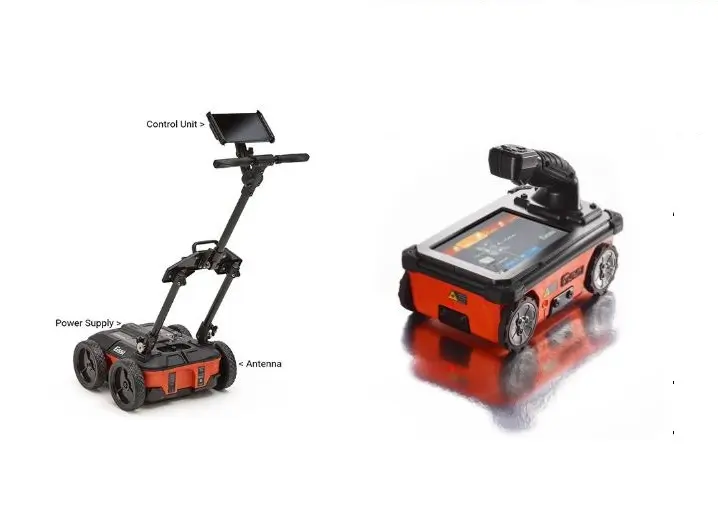
advantages and disadvantages of ground penetrating radar
Introduction:
Ground Penetrating Radar (GPR) is a non-invasive geophysical method that uses radar pulses to image the subsurface. This technology is used in various fields, such as archaeology, geology, environmental studies, and infrastructure maintenance. Like any technology, GPR has its advantages and disadvantages.
Advantages of Ground Penetrating Radar
Non-Destructive Method: One of the biggest advantages of GPR is that it is a non-destructive method. It allows researchers and engineers to explore the subsurface without having to excavate, which can be costly and time-consuming.
High Resolution: GPR provides high-resolution data, allowing for detailed images of the subsurface. This is particularly useful in detecting small objects or understanding intricate structural features.
Versatility: GPR can be used in a variety of environments and for multiple purposes, ranging from detecting utilities buried underground to identifying archaeological sites.
Depth Reach: Depending on the frequency of the radar waves used, GPR can penetrate the ground to various depths, providing valuable information about deep structures.
Safety: GPR is a safe method to use as it does not involve harmful radiation or require destructive processes.
Real-Time Results: GPR systems often provide real-time feedback, allowing immediate interpretation of data on-site. This can be highly beneficial in construction and surveying activities.
Disadvantages of Ground Penetrating Radar
Limited Penetration in Certain Soils: GPR's effectiveness is highly dependent on the soil's properties. In materials with high electrical conductivity, like clay or saline soils, the penetration depth is significantly reduced.
Requires Expert Interpretation: Interpreting GPR data can be complex and often requires expertise. Misinterpretation of data can lead to incorrect conclusions.
High Equipment Cost: GPR equipment can be expensive, which might be a limiting factor for smaller organizations or projects with limited budgets.
Affected by Surface Conditions: Rough terrain or surfaces covered with metal can interfere with the radar signals, making it difficult to obtain accurate data.
Limited Depth: While GPR can reach various depths, it is still limited compared to other geophysical methods such as seismic testing. This limitation can be a drawback in geological studies that require deep earth exploration.
Environmental Limitations: GPR effectiveness can be hampered by environmental conditions. For instance, wet conditions can hinder the penetration of radar waves.
Conclusion:
In conclusion, Ground Penetrating Radar is a powerful tool with a range of applications in understanding subsurface conditions.
Its non-destructive nature and high-resolution capabilities make it invaluable in many fields.
However, its effectiveness can be limited by soil conditions, depth requirements, and the need for expert interpretation. Despite these limitations, GPR remains a important piece of equipment for utility locators projects.
